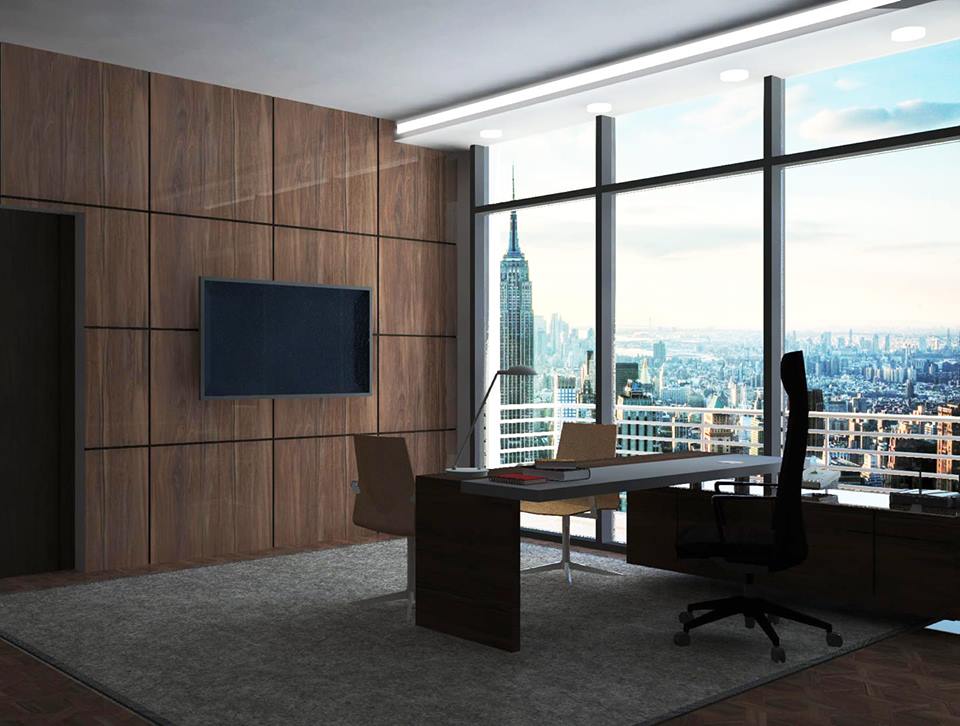

However, it is possible to make high quality renders in-house using Revit or through the cloud. This is an expensive but usually necessary process. This is why models or drawings are often sent out to be professionally rendered. Renders allow you to communicate your vision and intent to clients and colleagues. I also receive royalties for my courses posted on the site.3D visualization is an essential part of architectural illustration today. While you are there, you can also check out the all new Revit Family Editor course that went live last month and the Revit Architecture Essentials as well.įull disclosure: I receive a referral for each subscriber to from the links on this site.

You can visit the site to learn more and sign up for a subscription. I am really excited about how this course turned out and I hope you will drop by and give it a look. Output and other tips: Output your renderings, create non-photorealistic renderings, create solar studies and more. Walkthroughs: learn how to set up a Walkthrough, edit a Walkthrough and output a Walkthrough.

Rendering: explores the render dialog in detail: quality presets, customizing, resolution, lighting settings, output settings. Lighting: covers inserting artificial lighting Families, understanding light fixture Families, manufacturer’s fixtures, lighting groups and other lighting tips. Location and Sun Settings: covers geographic location, sun settings, true north and the Sun Path tool. Materials: explores an overview of materials, material graphics, material appearance, creating custom textures and sharing materials between files.

Modeling: covers approaches to modeling, Walls, Sweeps, imported geometry and modeling tips. Creating 3D Views: Understanding 3D views, creating axonometric views, creating camera views. Introduction and high level concepts: covering the basic rendering process and prerequisites. An overview of the table of contents includes the following: This all new course at outlines the entire process from the creation of 3D views, to modeling and materials, lighting and generating a rendering. Revit Architecture Rendering at Īs promised the second of my two new courses: Revit Architecture Rendering, is now live! Revit Architecture like most Autodesk 3D products uses the Mental Ray rendering engine to create photorealistic renderings from 3D views directly in the software.


 0 kommentar(er)
0 kommentar(er)
